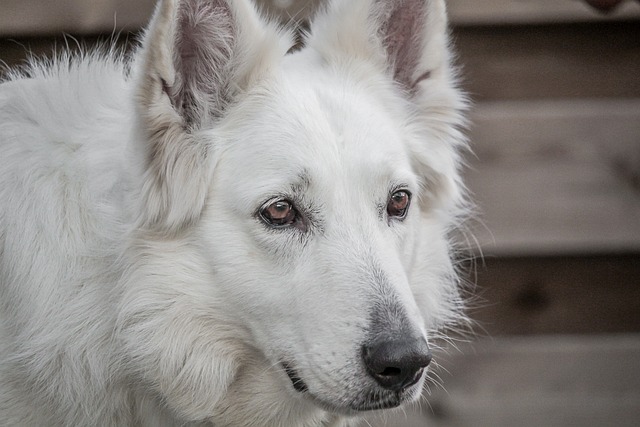
Training a dog is crucial for having an obedient friend. That said, it isn’t an easy endeavor. Use the tips you’ve learned here to give you a great start.
There are a few tricks you can try when attempting to crate train a puppy or dog. If the dog doesn’t want to go inside the crate, put a rawhide bone in there and shut the door. They can see and smell that bone, and they will want in the crate to have it. Open the door, and praise them when they go inside.
Be sure to keep your dog active and engaged a great deal of the time. Boredom often befalls an inactive dog, or he may find himself in a “mutt rut” with a dull and listless routine. Conditions of boredom are not conducive to training. If your dog is fit and content, he will be much more likely to heed your instructions. Go on extended walks or runs with your dog on a regular basis.
Give them chew toys for pain relief while teething, and keep everything else out of reach. You need to replace that with a designated chew toy. In cases where your puppy is suffering a great deal of pain, try soaking a washcloth in water and freezing it as a numbing chew toy.
Verbal cues are very important to make sure that your dog is under your command. If you do not have a treat you can reward your dog with, pet it and talk to it in a soft voice until you find a treat.
Dog’s deserve more freedom as their training progresses. The right balance of training, obedience and freedom ensures your dog has an enjoyable life. Just make sure your dog is properly trained before giving him so much slack.
The most successful training program is lifelong. Just because your dog isn’t a puppy, it doesn’t meant his learning stops. If you always train your dog they will stay obedient and you will not encourage any new bad habits.
To get your dog to stop barking, train him to obey a command that tell him to stay quiet. For instance, whenever your dog is barking, hold a treat in front of them and continue to repeat “be quiet” until they quit barking. When your dog quits barking, offer him the treat. By consistently repeating this, your dog will be quiet because he wants the treat.
A good canine training tip is to always be aware of other dogs when you’re taking your dog for a walk. Not all dogs are friendly, and not all owners are responsible. If you come across an aggressive dog, make sure to steer your own dog clear of it.
Praise your dog often when training him. Simple things like smiles, praise and even tiny treats help to reinforce the desired behaviors. Do not reward bad behavior; instead correct unwanted behaviors and praise when your dog responds correctly.
By being consistent in toilet training, you dog will learn to wait until he is outside to relieve himself. When you are home with your dog, remember to take him out every hour. When he goes potty outside, tell him he did good. Don’t scold a dog after an accident. He can’t understand why you are yelling. Instead, make the effort and take your dog outside 15 minutes after eating, and every 2 hours otherwise. Also, if you crate your dog, take him outside immediately after releasing him from the crate.
Your dog should always be able to identify which behaviors are acceptable and which are not. Everyone in your house needs to set these boundaries too. These inconsistencies can cause significant setbacks.
If you keep training sessions positive, your dog will always look forward to them. Keep the sessions between 10-15 minutes, as this is about the attention span of most dogs. Give plenty of rewards. Make sure to praise your dog when he does something right. Your dog will be more receptive if you make training time fun!
Set your dog up for success when training him to stop chewing inappropriate items. Additionally, make sure there is nothing that can pose as a threat to your chewing canine. Items commonly found in a household can serve as elements of danger to the unsuspecting dog who is merely satisfying an urge to chew.
Dogs that suffer from separation anxiety should develop relationships with other people. By forming healthy relationships with other people, the dog will be more likely to cease its unhealthy dependence on you.
Consider using a clicker to help your dog learn great behavior. You can create a positive association with the clicker so that the dog learns it will receive a reward when it hears the sound. Start by clicking and immediately giving a reward, and repeat this several times a day for a few days. Soon, your dog will understand that the noise means “great”, making the clicker to a tool that can shape desirable behavior.
How does your dog tell you when he doesn’t want to do something? Do not push your dog toward interacting with other animals and people. There is a good reason he isn’t feeling comfortable and you should honor that. Pushing a dog too far past their comfort zone can result in aggression, or even a bite.
One of the most important things to teach your pet is to listen to your voice. Everything you just read is appropriate for use in training your dog to be a better and more obedient member of the family. It requires time and patience, so do not give up due to your dog not listening to you initially. To produce an obedient dog, repetition and time is essential and knowledge about effective techniques is critical.